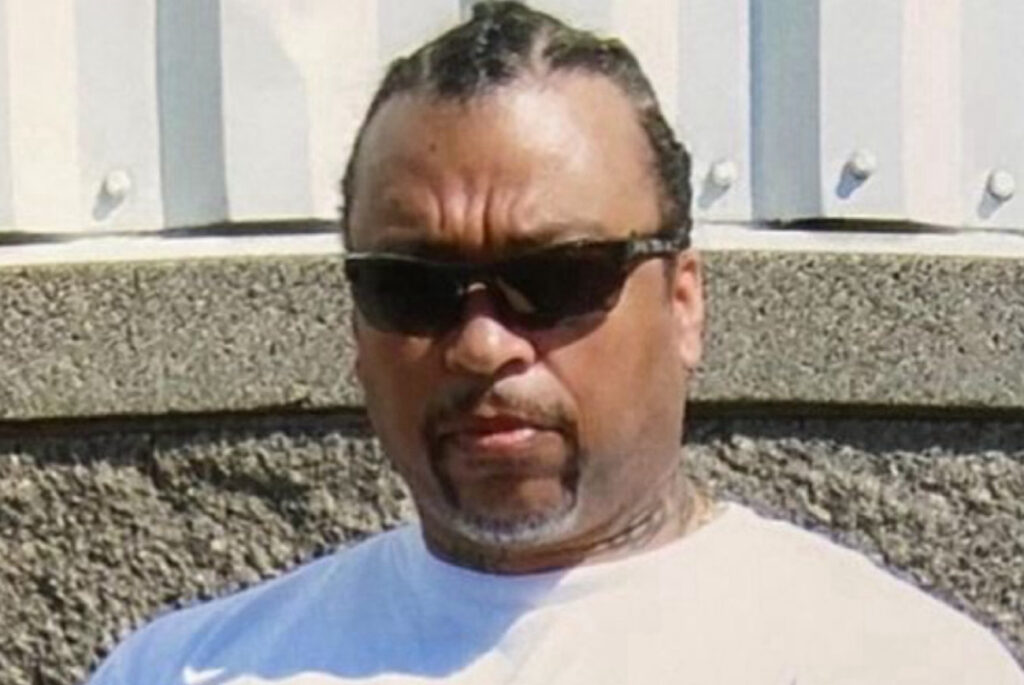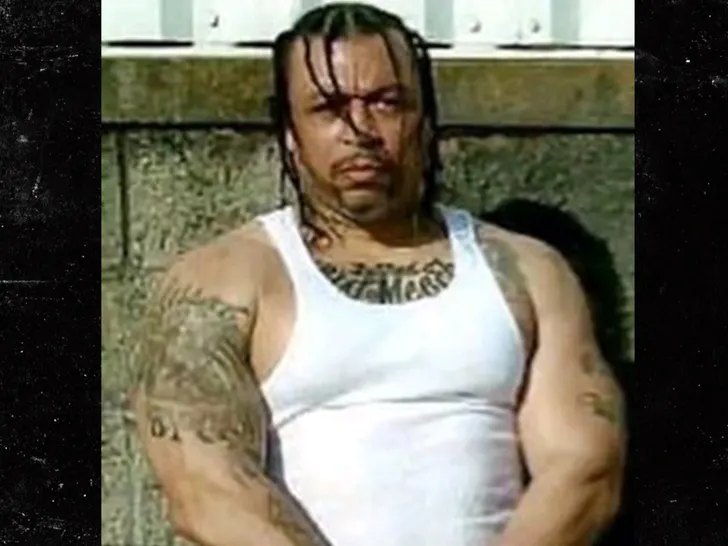Demetrius “Big Meech” Flenory, the notorious co-founder of the Black Mafia Family, has been transferred from federal prison to a halfway house, marking a significant step in his journey towards freedom. However, the former drug kingpin still faces numerous restrictions and oversight in the coming years.

According to the Federal Bureau of Prisons, Big Meech’s projected release date is January 27, 2026. Following his time in the halfway house, Flenory will be subject to a 5-year supervised release period with special conditions, as revealed in legal documents obtained by TMZ.
A key component of his supervised release involves participation in a substance abuse program, which may include mandatory drug and alcohol testing. This condition underscores the ongoing efforts to monitor Flenory’s rehabilitation and prevent any potential relapse into criminal activities.

Big Meech’s legal troubles date back to 2005 when he was arrested. In 2008, he received a 30-year prison sentence after being convicted on charges related to drug trafficking and money laundering. Earlier this year, a judge reduced his sentence by almost three years, leading to his current transfer to a halfway house.
The transition from federal prison in Florida to a halfway house occurred on Tuesday, marking the beginning of the final phase of his incarceration. This move allows Flenory to gradually reintegrate into society while still under close supervision.
The news of Big Meech’s progress has garnered attention from celebrities, including NBA star LeBron James, who tweeted, “Welcome home Big Meech!!” However, as the details of his supervised release indicate, Flenory’s journey to complete freedom is still ongoing.

This case highlights the complex process of rehabilitating and reintegrating high-profile offenders into society. It also demonstrates the long-term consequences of major drug trafficking convictions, even after the primary sentence has been served.
As Big Meech navigates this new phase, his case will likely continue to draw attention, serving as a notable example of the criminal justice system’s approach to rehabilitating former drug kingpins and the challenges they face in reintegrating into society.


